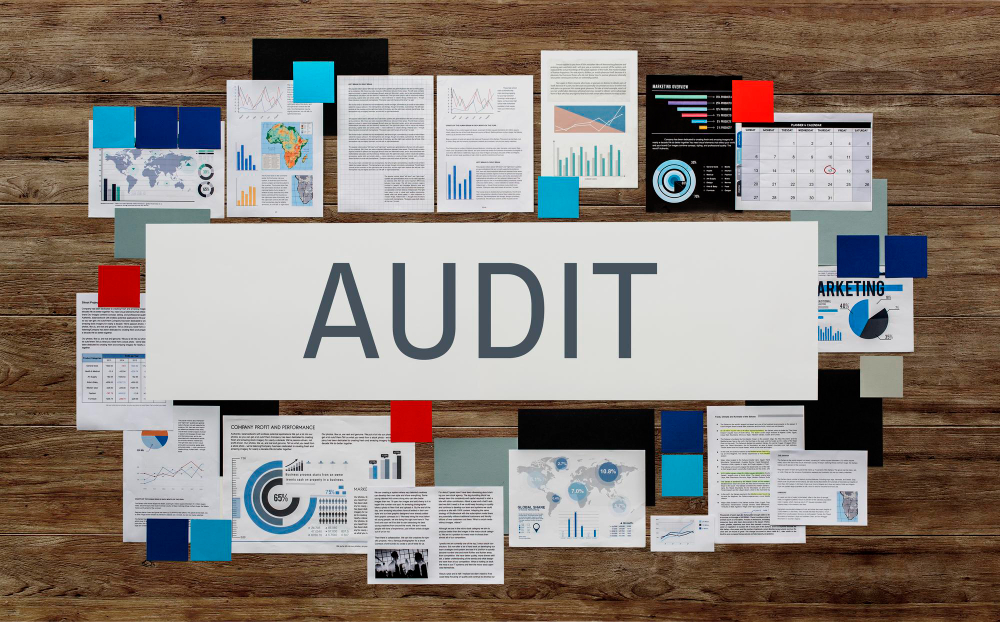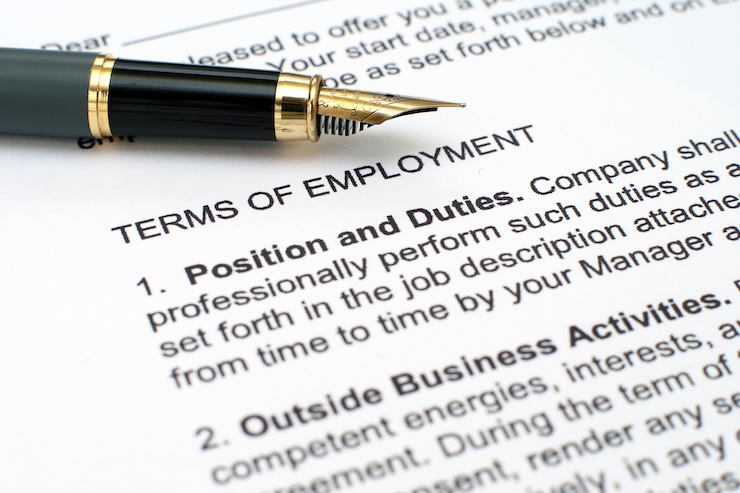Sadly, the problem of modern slavery and human trafficking has grown dramatically in recent years, with The Global Slavery Index estimating that there are over 40 million people in slavery around the world. The crime is constituted within the Modern Slavery Act 2015 (the “Act”) by the offences of “slavery, servitude and forced or compulsory labour” and in “human trafficking”.
Provision within the Act seeks to address the role of businesses in preventing modern slavery from occurring in their supply chains and organisations. Section 54 requires that any commercial organisation in any sector, which supplies goods or services, and carries on a business or part of a business in the UK, and is above a specified total turnover, must produce a slavery and human trafficking statement for each financial year of the organisation.
The Home Office has published statutory guidance for organisations on how to ensure that slavery and human trafficking does not take place in their business or supply chains. The document entitled “Transparency in Supply Chains etc. A practical guide,” provides guidance on who is required to publish a statement, how to write a slavery and human trafficking statement and how to approve and publish the statement
Chapter three of the guidance addresses which companies are caught by the provision. In short, Regulations have made the requirements applicable only to companies with a global turnover of above £36 million which carry on business in the UK. It does not matter for what purpose the profits are made.
Total turnover is calculated as the turnover of the organisation and the turnover of any of its subsidiary undertakings (including those operating wholly outside the UK). “Turnover” is defined as the amount derived from the provision of goods and services falling within the ordinary activities of the commercial organisation or subsidiary undertaking, after deduction of trade discounts; value added tax; and any other taxes based on the amounts so derived.
A ‘commercial organisation’ is defined in section 54(12) as a body, corporate or partnership which carries on a business, or part of a business, in the UK wherever that organisation was incorporated or formed.
A common sense approach is to be taken when considering whether such a body or partnership can be said to be carrying on a business. That approach is also to be taken when considering whether bodies incorporated, or partnerships formed outside the United Kingdom, can properly be regarded as carrying on a business or part of a business ‘in any part of the United Kingdom’. However, organisations that do not have a demonstrable business presence in the United Kingdom are unlikely to be caught by the provision. Likewise, having a UK subsidiary will not, in itself, mean that a parent company is carrying on a business in the UK, since a subsidiary may act completely independently of its parent or other group companies.
The requirements also apply to franchise models where the turnover of a franchiser is above the £36m threshold. However, the turnover of any franchisee using the franchiser’s trademark and distributing goods or providing services will not be used in calculating the franchiser’s turnover. Where the turnover of a franchisee is above the £36m threshold they will be required to produce a slavery and human trafficking statement in their own right.
The Home Office’s guidance also provides assistance as to the information that companies should seek to include within their Modern Slavery Statement:
“the organisation’s structure, its business and its supply chains;
its policies in relation to slavery and human trafficking;
its due diligence processes in relation to slavery and human trafficking in its business and supply chains;
the parts of its business and supply chains where there is a risk of slavery and human trafficking taking place, and the steps it has taken to assess and manage that risk;
its effectiveness in ensuring that slavery and human trafficking is not taking place in its business or supply chains, measured against such performance indicators as it considers appropriate;
the training and capacity building about slavery and human trafficking available to its staff.”
Importantly, the guidance says, “The organisation should paint a detailed picture of all the steps it has taken to address and remedy modern slavery, and the effectiveness of all such steps.” This implies that companies should annually monitor the effectiveness of the steps taken in previous years.
Under the Act, the UK government may take an injunction to require a company to publish a modern slavery statement if it failed to do so. However, the Home Office is quite open about the fact that it sees the court of public opinion as the primary enforcer of modern slavery requirements. Using the force of public opinion to bring about change is perhaps an effective approach, since the UK cannot regulate matters outside its jurisdiction. Modern Slavery Statements focus minds and, by highlighting working conditions in overseas supply chains, can influence companies’ behaviour.
The government has made clear that it wants to encourage compliance even where not legally obliged because it is the ‘right thing to do’. Organisations which do not meet the requirements in the Act are encouraged to voluntarily produce a ‘slavery and human trafficking statement’ and would be wise to do so. Smaller organisations may be asked by those they are supplying goods or services to if they have a statement or policy setting out their approach to tackling modern slavery, especially if they are bidding for contracts with larger businesses above the threshold. Therefore, smaller organisations may find it helpful to voluntarily produce a statement as a means of managing these requests and providing a level of assurance to their customers. In this way, the Act is having a broad impact on the corporate world.





